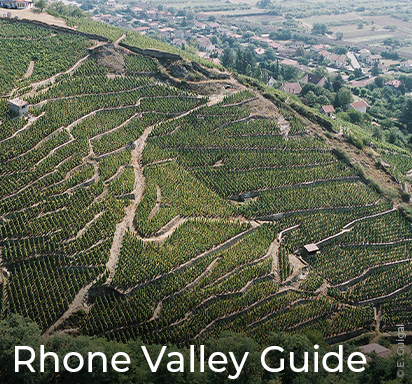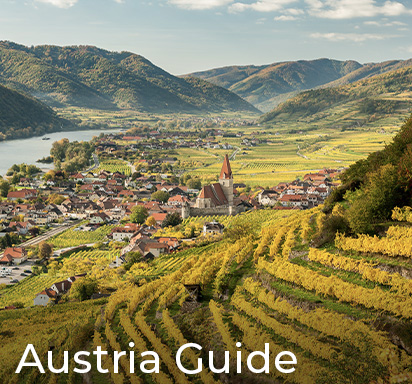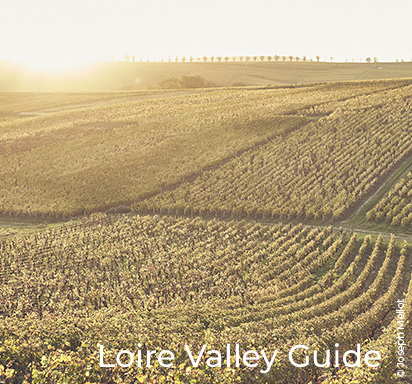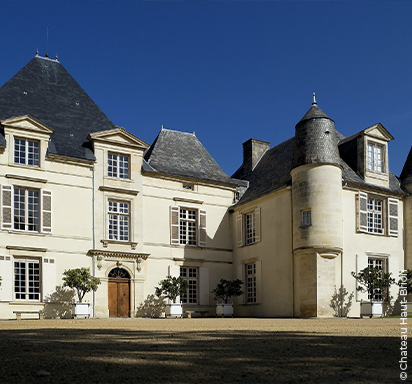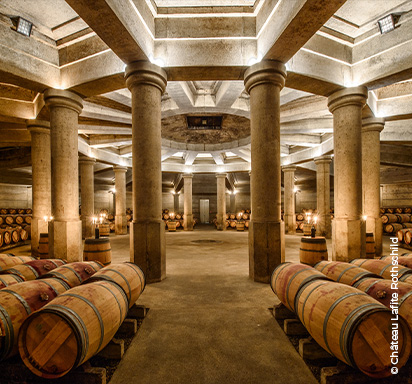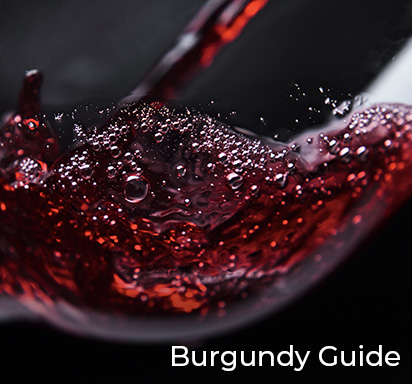Beaujolais & Beaujolais Nouveau | Uncovering hidden gems
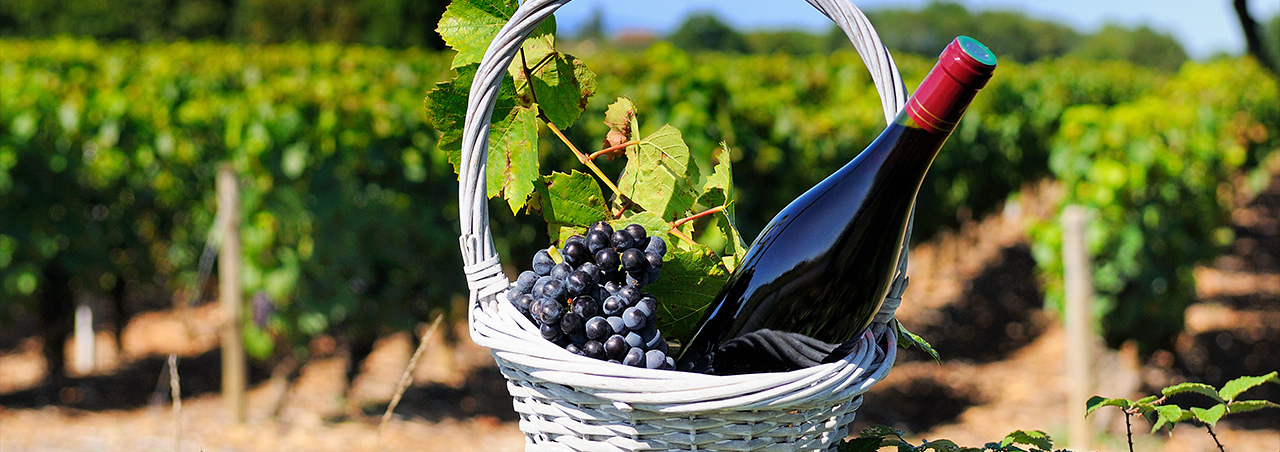
Beaujolais Nouveau Day occurs every year. Discover where Beaujolais is, how long these wines can lay down in your cellar, food and pairing ideas and more in our comprehensive guide.
Where is Beaujolais wine made?
The wines from the Beaujolais appellations stem from vineyards located to the south of Burgundy and to the northwest of Lyon, France. Beaujolais wines stem from 12 different appellations spreading over 55 kilometers of vineyards and planted with two grape varieties: Gamay and Chardonnay. Pronounced 'Bo-jo-lay', these wines truly portray the poetic expression of their terroirs.
The Beaujolais climate and soil formation
Due to the presence of the Massif Central to the west and the Alps to the east, the Beaujolais area enjoys a continental climate. The warm weather conditions throughout the growing cycle enable the grapes to develop their fruit-forward aromas and flavors, leading to the production of nouveau-style wines. The picturesque and rolling hills of Beaujolais are made up of granite, with clay and limestone in the northern part of the region. The unique terroir in the north of the region gives rise to aromatic and well-structured wines. In the south of Beaujolais, the soils are made up of clay and sandstone, thus, the wines are more light, drinkable in their youth and fruitier.
The various crus and appellations
The Beaujolais appellation has existed since 1937 and the wines produced within this appellation offer a different expression to Burgundian reds, located further north. Beaujolais comprises numerous crus which each have their own unique expression.
The Brouilly appellation expresses all the beauty of the French way of life. Brouilly wines exude aromas of plumbs and small red fruit. The palate exudes subtle mineral notes and will express their delicious expression in their youth.
The Chiroubles appellation is poised between 250 and 450 meters above sea level and thus, basks in the heat of the sun. The wines offer a distinctively delicate bouquet and aromatic expression.
The Fleurie appellation stands out from the other appellations due to its heritage-filled history. Bearing the name of a Roman legionary, this ancestral land boasts the character of these lands bordered by a chain of mountains. A great terroir delicately ripens fine, deep and gracious wines.
The Morgon appellation is known for its large surface area. Indeed, the geographical characteristics of this appellation along with the boundless know-how of over 250 winegrowers, give rise to Morgon wines that boast fine and delicate tannins. One of the most famous Beaujolais wines, these Morgon wines exude lovely aromas of ripe fruit and a rich, fleshy structure on the palate.
Overlooked by a historic windmill, the Moulin-a-vent appellation lives up to its name. Its nickname, "the King of Beaujolais", testifies to the particularly elegant style of its wines as well as the ancestral character of its land. Despite its small size, this vineyard draws the best from Burgundy and the Rhone regions, offering structure and complexity to its wines, which promise to evolve beautifully over time.
What grape variety is used to produce Beaujolais wine?
The finest Beaujolais wines are produced using the Gamay grape variety. Gamay is part of the same family as Pinot Noir and another grape variety known as Gouais Blanc. Beaujolais is one of the few wine regions in the world to focus on a single grape variety. The Chardonnay grape is also planted in Beaujolais but only makes up for around 2% of the vineyard plantings.
How is Beaujolais wine made?
Carbonic Maceration
The Gamay grape variety is perfect for the production of young wines with a pleasant acidity. Carbonic maceration is when whole bunches of grapes are placed into large vats, Carbon Dioxide is added to the vat in order to remove the oxygen. Wines produced using this process comprise low tannins, light color and exude a soft and fruity character (raspberry and strawberry).
Semi-Carbonic Maceration
Semi-carbonic maceration is carried out to produce Beaujolais red wines. It is a form of whole bunch fermentation, meaning that the grapes are placed in large vats or tanks and the weight of the grapes at the top crushes the grapes at the bottom of the vat, creating juice. Yeast then ferments the juice and carbon dioxide is released, thus marking the beginning of carbonic maceration in the un-burst grapes. Beaujolais producers use this method as a way to extract all the fresh and fruity aromas from the Gamay grapes.
What do Beaujolais wines taste like?
Beaujolais wines have a light body and a dry style with a high acidity and low tannins. The characteristics of Beaujolais wines stem from the soil composition. The sloping hills are predominantly composed of granite, schist in the northern part of Beaujolais and more clay-based soils in the south of the area. Chock-full of fresh fruity aromas, such as pomegranate, violet, blackberry, cherry and cranberry, these wines are best served in their youth and will reveal a plethora of ambrosial aromas. Beaujolais Nouveau wines exude aromas of candy or banana.
Does Beaujolais wine age well?
Beaujolais Nouveau wines are light-bodied and exude fresh, fruity aromas on the palate. These red wines have a light acidity to them and are best when relished in their youth. Thus, Beaujolais Nouveau wines are not destined to age in your cellar for years to come. However, Beaujolais Cru wines, stemming from the finer appellations such as Moulin-à-vent, Fleurie and more have a promising aging potential and can rest in your cellar.
What is Beaujolais Nouveau?
Historically, Beaujolais Nouveau was a wine drunk by the harvesting and vineyard teams as a way to celebrate the end of the grape harvest. These young-release wines are renowned for their drinkability in their youth. Contrary to popular belief, these wines are extremely well-regarded and come from an array of popular crus.
Beaujolais and Food
Beaujolais wines pair beautifully with white meat such as turkey, making them the perfect wines to pair with your Thanksgiving feast. Bo-jo will also complement roasted duck, chicken or soft cheeses. Serve these wines lightly chilled and enjoy!
When is Beaujolais Nouveau Day?
The official Beaujolais Nouveau date is the third Thursday in November.
You may like
Discover the Rhône Valley, a haven for wine lovers! Explore its storied terroirs, iconic appellations, and diverse grape varieties like Syrah, Grenache, and Viognier. Unveil wines to savor and cherish!
1/21/2025In this Guide, discover Austria’s top wine regions, grape varieties like Grüner Veltliner and Riesling, and some exquisite food pairings. Find out more on Austrian wines and why you should add them to your cellar.
1/14/2025Explore the Loire Valley, one of France’s most famous wine regions. Learn about its renowned appellations and grape varieties like Sauvignon Blanc, Chenin Blanc, and Cabernet Franc.
1/9/2025Château Haut-Brion, nestled in Pessac-Léognan near Bordeaux, is a historic estate famed for its unique terroir. Producing elegant reds and rare whites, it embodies Bordeaux’s rich winemaking heritage and exceptional craftsmanship.
11/15/2024Discover the optimal drinking windows for Château Lafite-Rothschild. Explore how factors like vintage, storage conditions, and personal preference affect when to uncork this iconic Bordeaux for the best experience.
10/27/2024Discover the taste of Burgundy wine with flavors from Pinot Noir and Chardonnay. Explore the influence of terroir, the difference between Village, Premier Cru, and Grand Cru wines, and ideal pairings.
10/16/2024




